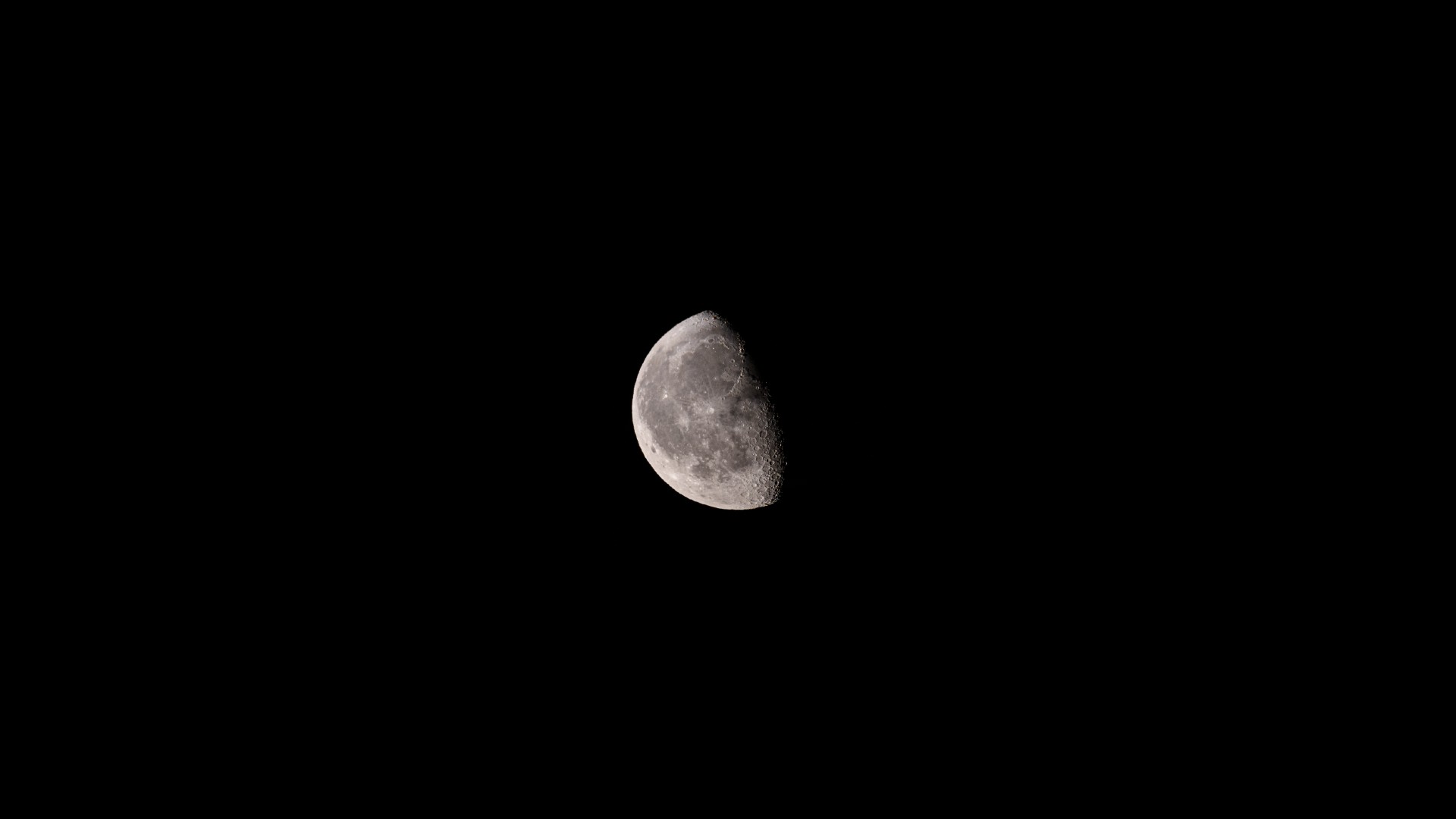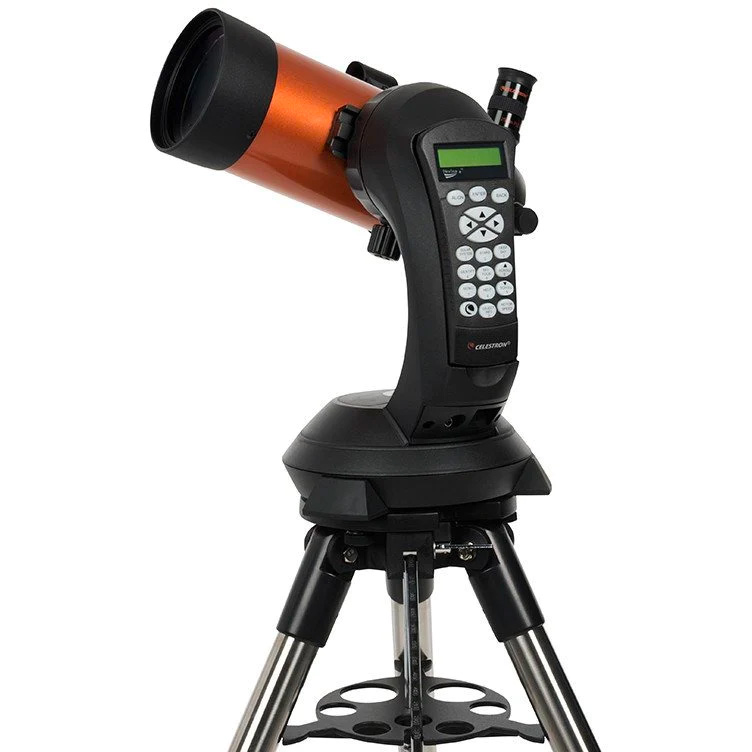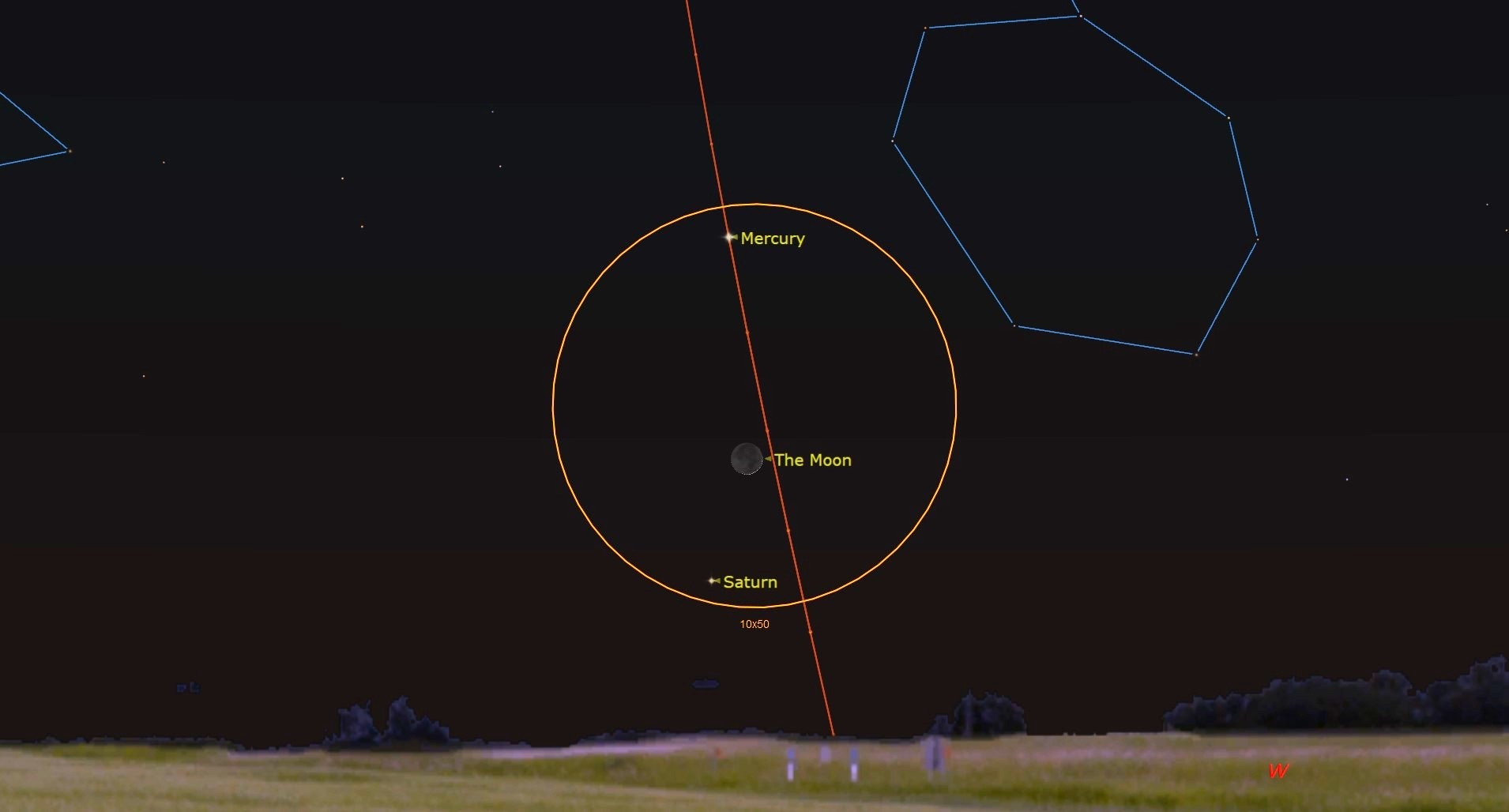
If you're an avid moon-watcher, you might notice that our moon appears just a tiny bit smaller in the night sky tonight.
On Monday (Feb. 17), the moon reaches what's known as apogee — its farthest point away from Earth. The moon's orbit is elliptical, or oval-shaped, meaning its distance from Earth changes throughout its 27.3-day cycle around our planet. Sometimes it's closer to us, which is why we experience "supermoons," or full moons that appear slightly larger in the night sky.
But at other times, like tonight, the moon is farther away, making it appear smaller. The moon's distance only changes by around 14% as it moves closer to and farther away from Earth during its orbit though, so for most skywatchers, the change in size won't be visibly apparent.

Want to see the moon up close in the night sky? The Celestron NexStar 4SE is ideal for beginners wanting quality, reliable and quick views of celestial objects. For a more in-depth look, see our Celestron NexStar 4SE review.
The exact moment of apogee occurs at 8:10 p.m. ET (0110 GMT on Feb. 18) tonight, but the moon will be below the horizon at the time. For observers in the Northern Hemisphere, the moon won't rise above the eastern horizon until shortly before midnight, still at the farther end of its orbit from Earth. The moon will be in the Virgo constellation.
Tonight's moon is 19 days old (past new moon), in the waning gibbous phase, and approaching its next phase, the half-lit third quarter moon, which occurs on Feb. 20. Despite the moon being half-illuminated, we call this the "third quarter phase" because it comes when the moon is three-quarters of the way through its orbit around Earth.
After third quarter, the next phase in the moon's cycle will be the new moon on Feb. 27. One day later, the moon will be just a one-day-old sliver, appearing between Saturn and Mercury in the night sky.

Want to see craters and other features on the moon? Our guides to the best telescopes and best binoculars are helpful tools for anyone hoping to get a closer look at Earth's natural satellite.
And if you're looking to take photos of the night sky or the moon, check out our guides on how to photograph the moon, how to shoot the night sky, and our guides to the best cameras for astrophotography and best lenses for astrophotography.
Editor's Note: If you get a good photo of the moon, and would like to share it with Space.com's readers, send your photo(s), comments, and your name and location to spacephotos@space.com.







